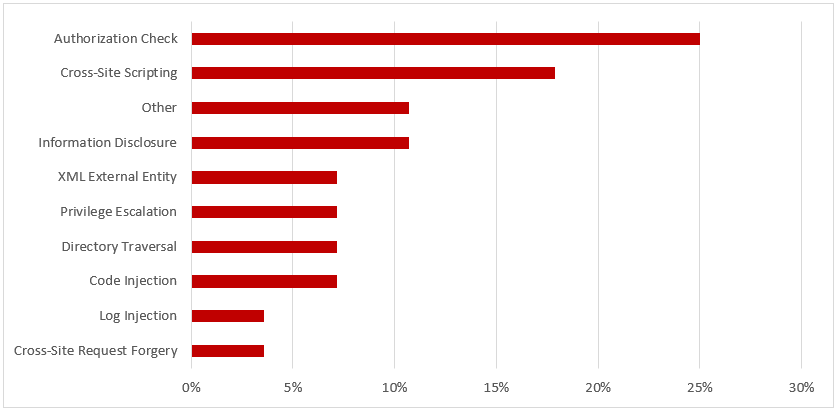Does Solution Manager have a complex installation process? Is it difficult to maintain? Does it create dangerous connections with SAP systems? Is it a high value target for attackers? Does it provide no support for zero-day vulnerabilities?
This article tackles the five most common myths about SAP Solution Manager and reveals the truth behind the fiction.
The first and most common myth is that SAP Solution Manager is complex to install and difficult to maintain. In fact, the installation procedures for Solution Manager are relatively simple and standardized, especially in comparison to other SAP platforms such as ECC. Once installed, guided procedures in Solution Manager track the progress of the setup process across three major areas: System Preparation, Basic Configuration, and Managed System Configuration. Performing the configuration steps in Technical or Application Monitoring is recommended to enable the monitoring capabilities of Solution Manager.
Once configured, security-relevant applications such as System Recommendations, Dashboards, Interface Monitoring and the Monitoring and Alerting Infrastructure are enabled and ready to use. Therefore, the standard setup procedures automatically activate most of the requirements for security monitoring using Solution Manager. Since security applications use existing connections with SAP systems, there is no need to install and configure additional agents in target systems.
Maintenance is relatively straightforward. Support packs for functional enhancements and bug fixes are released at regular intervals and are applied using the Maintenance Optimizer. The guided procedures for SOLMAN_SETUP will flag any configuration issues that need to be tackled after an SP upgrade.
The second myth is that SAP Solution Manager creates dangerous RFC connections with managed systems. The RFC connections created by Solution Manager are no more or less dangerous than similar connections between other systems in SAP landscapes. Also, the risk is not removed if you decide not to perform security monitoring using SAP Solution Manager since the connections will remain in place.
The third myth is that SAP Solution Manager is a high-value target for attackers. In fact, all SAP systems are valuable targets for attackers. Since Solution Manager does not typically store or process sensitive business data, it may be a less valuable target than systems such as ECC, CRM and SRM. Also, Solution Manager performs self-monitoring to detect security vulnerabilities including misconfigurations and missing patches, and potential security breaches captured in SAP logs. In dual landscapes, Solution Manager systems can monitor each other.
Fourthly, it’s often emphasized that Solution Manager is not certified by SAP. SAP certifies third party solutions developed by independent software vendors for integration with platforms including SAP NetWeaver. SAP does not certify it’s own software platforms such as Solution Manager. However, Solution Manager is ITIL-certified by organizations such as SERVIEW for Information Security Management.
The final myth is that Solution Manager does not provide any coverage for zero-day vulnerabilities that are unpatched by SAP. Security researchers choose to deliver virtual patches for zero-day vulnerabilities through third party tools in order to induce SAP customers to subscribe to expensive licenses for such tools. This is a business decision and not due to any technical limitation in Solution Manager. Also, all zero-day vulnerabilities do not pose a critical risk to SAP systems. The fact that patches for vulnerabilities are often released many months after the weaknesses are disclosed by security researchers to SAP does not necessarily mean that SAP systems are at serious risk. SAP’s response to such disclosures depends on an assessment of the risk posed by reported vulnerabilities. This includes factors such as the complexity and range of related exploits and the impact to data confidentiality, integrity and availability.


